A perennial with a delicate shape and distinctive white, bladder-shaped flowers. White campion (Silene latifolia) is an edible plant that's easy to identify if you're a beginning forager or gardener.
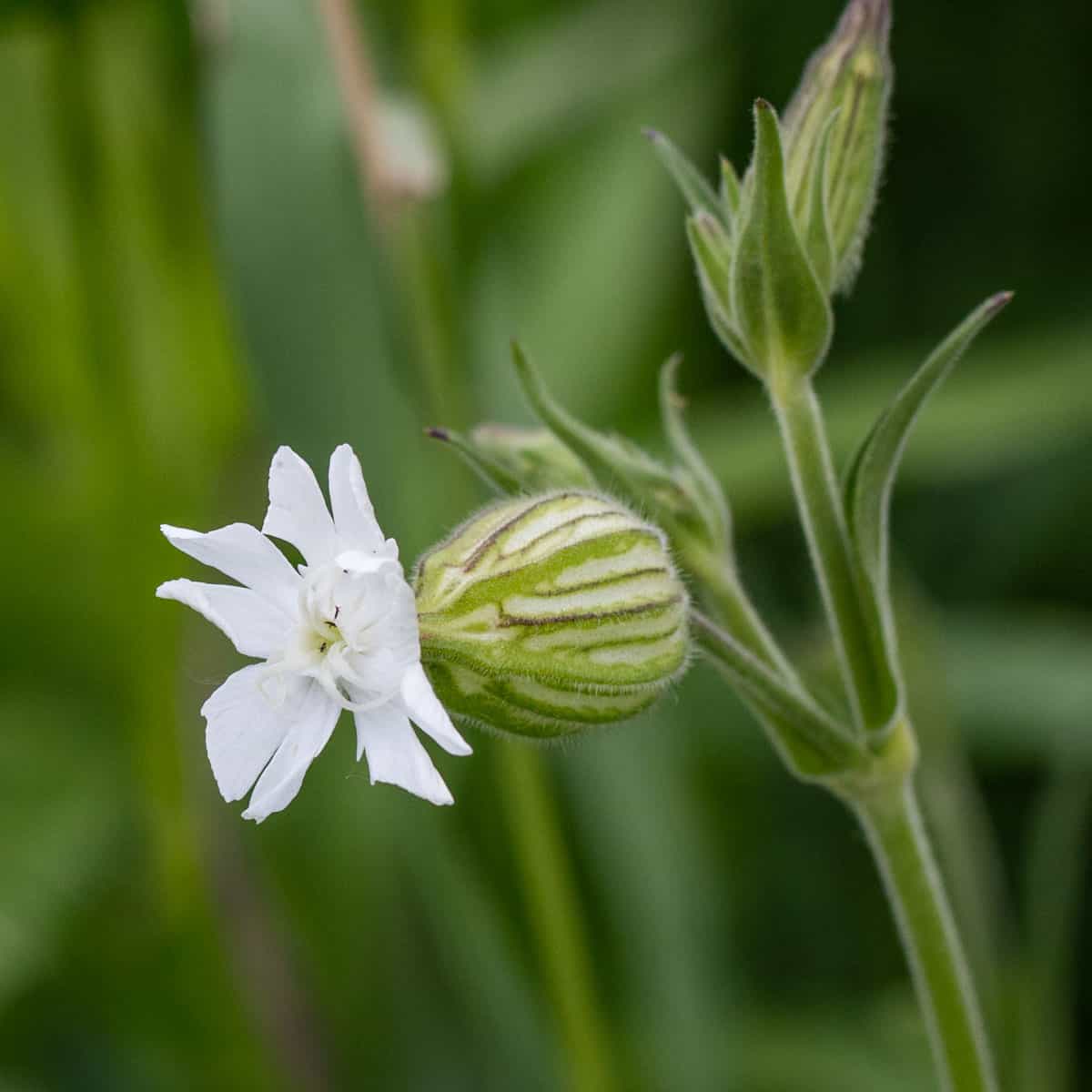
Native to Europe, Northern Africa and Western Asia, the plant is also known as white cockle, Silene alba and Lychnis alba. Campion and its relatives are in the family Caryophyllaceae, which also includes edible chickweed.
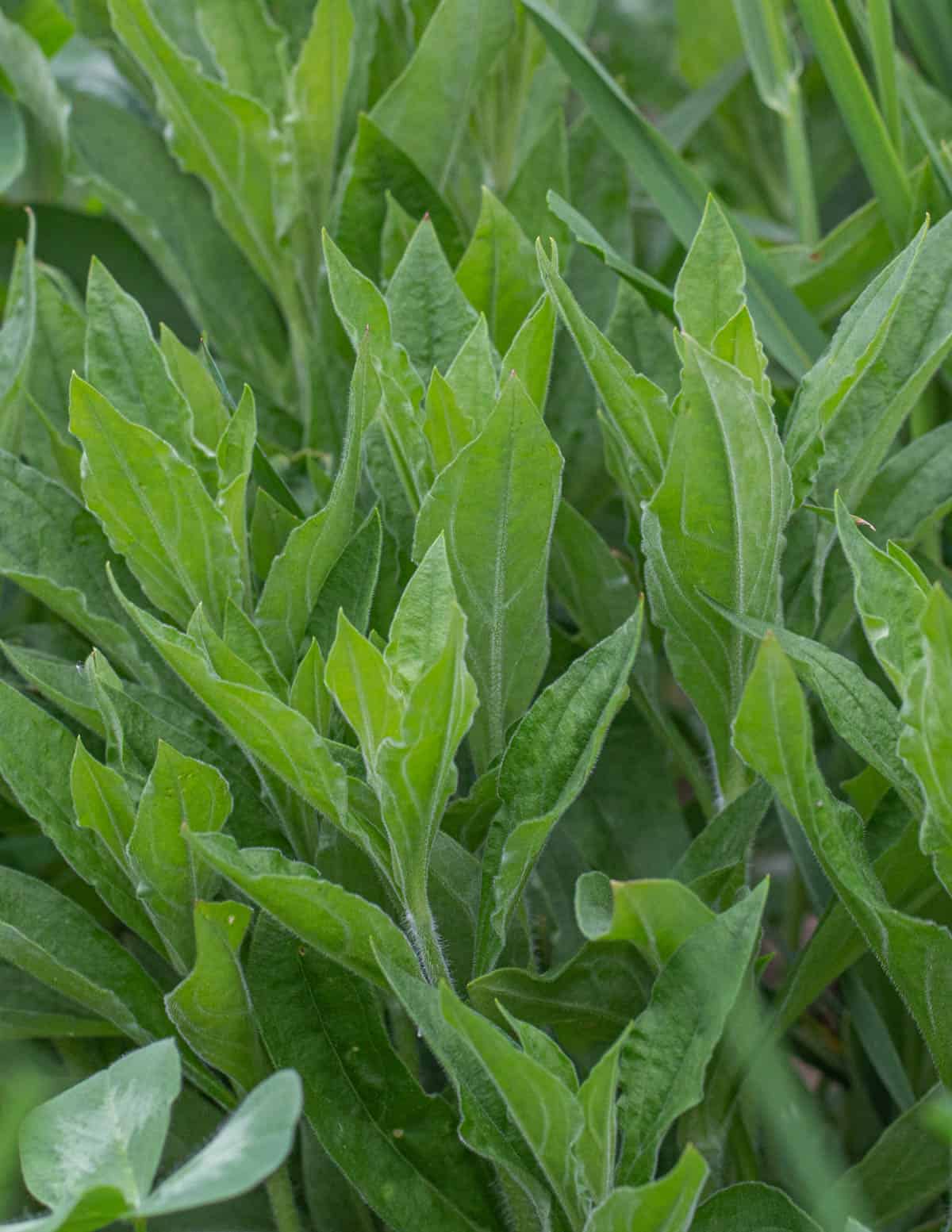
While most know it as a weedy species its flowers are great for pollinators. It isn't overly aggressive as weeds go and is relatively easy to control.
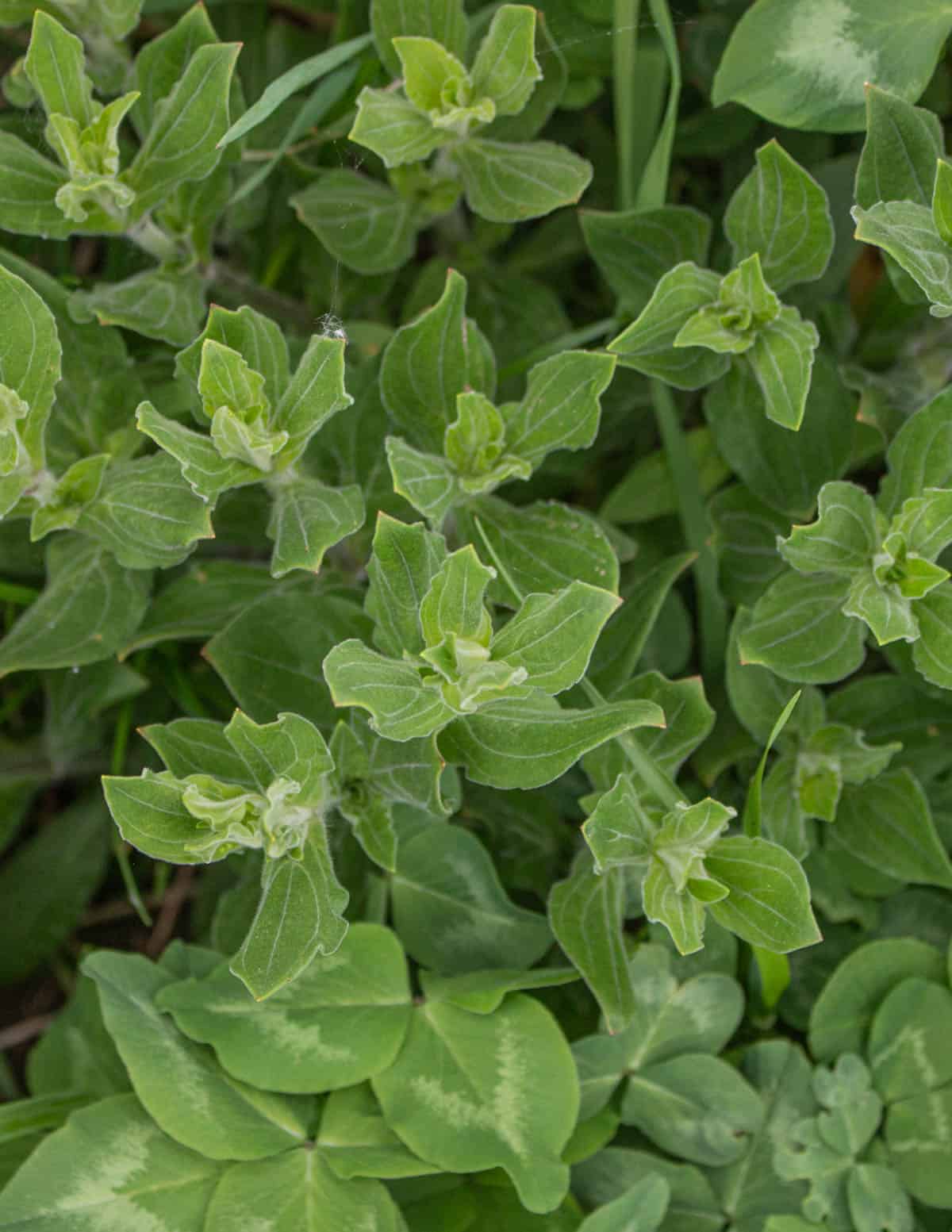
Like most weedy plants, campion grows in disturbed areas like roadsides, backyards and ditches. Fields and meadows are where I see them the most. They like sunny areas with moderate soil moisture. While it can be weedy, I don't know anyone that considers white campion invasive.
Silene Latifolia Identification
The plant is easy to identify. In the spring they appear as a basal rosette with shoots coming up from the base of the plant. Mature plants are typically around 1 meter tall (3.2 ft) or roughly waist high at most.
The most plausible look a like is Silene vulgaris which is also edible. See the picture below for a juxtaposition of them side by side.
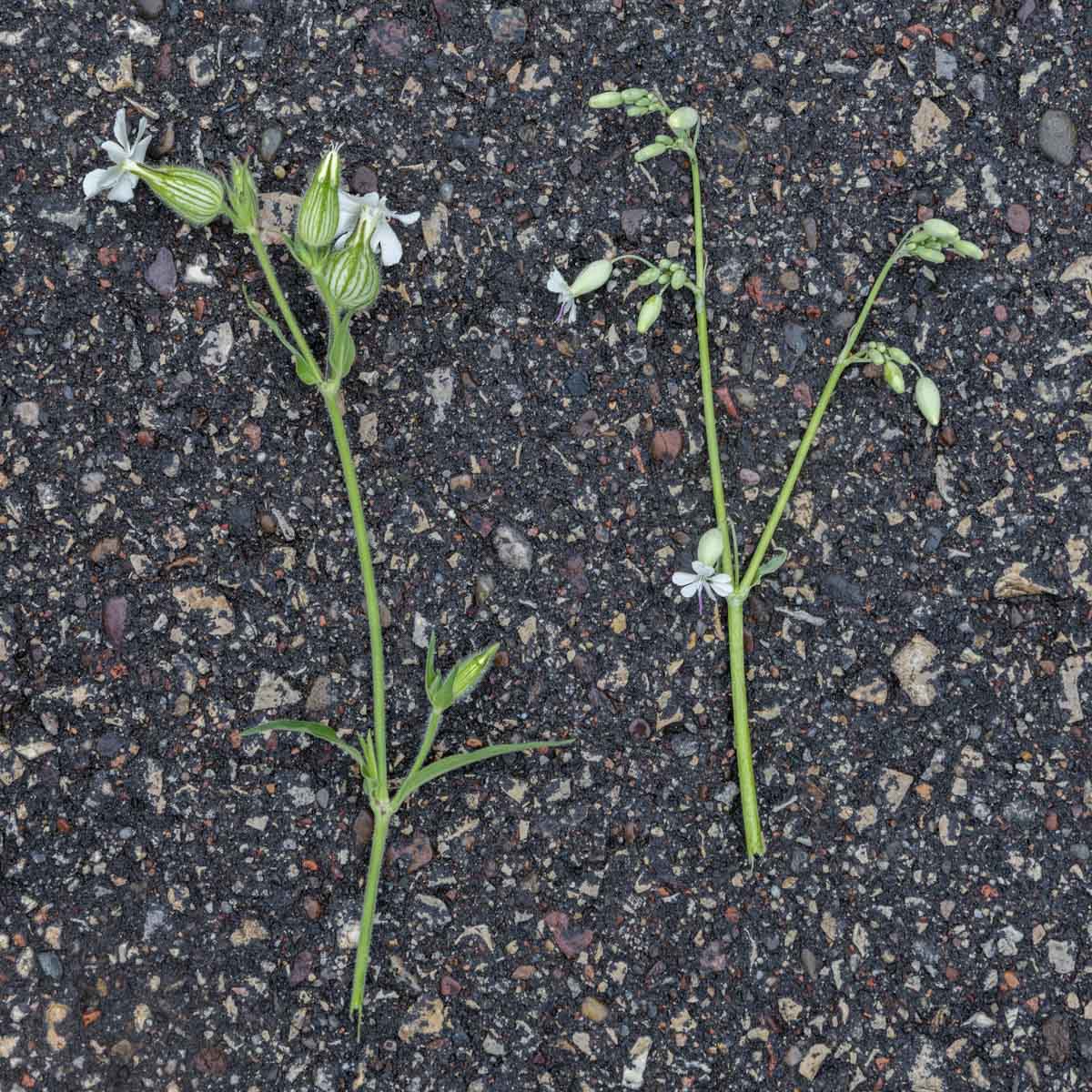
Flowers
Probably the most recognizable part of the plant are the inflated, bladder-shaped white flowers. I liken them to the puffed sleeves of a Victorian dress. In some places the plant may hybridize with red campion (S. dioica) and produce pink flowers.
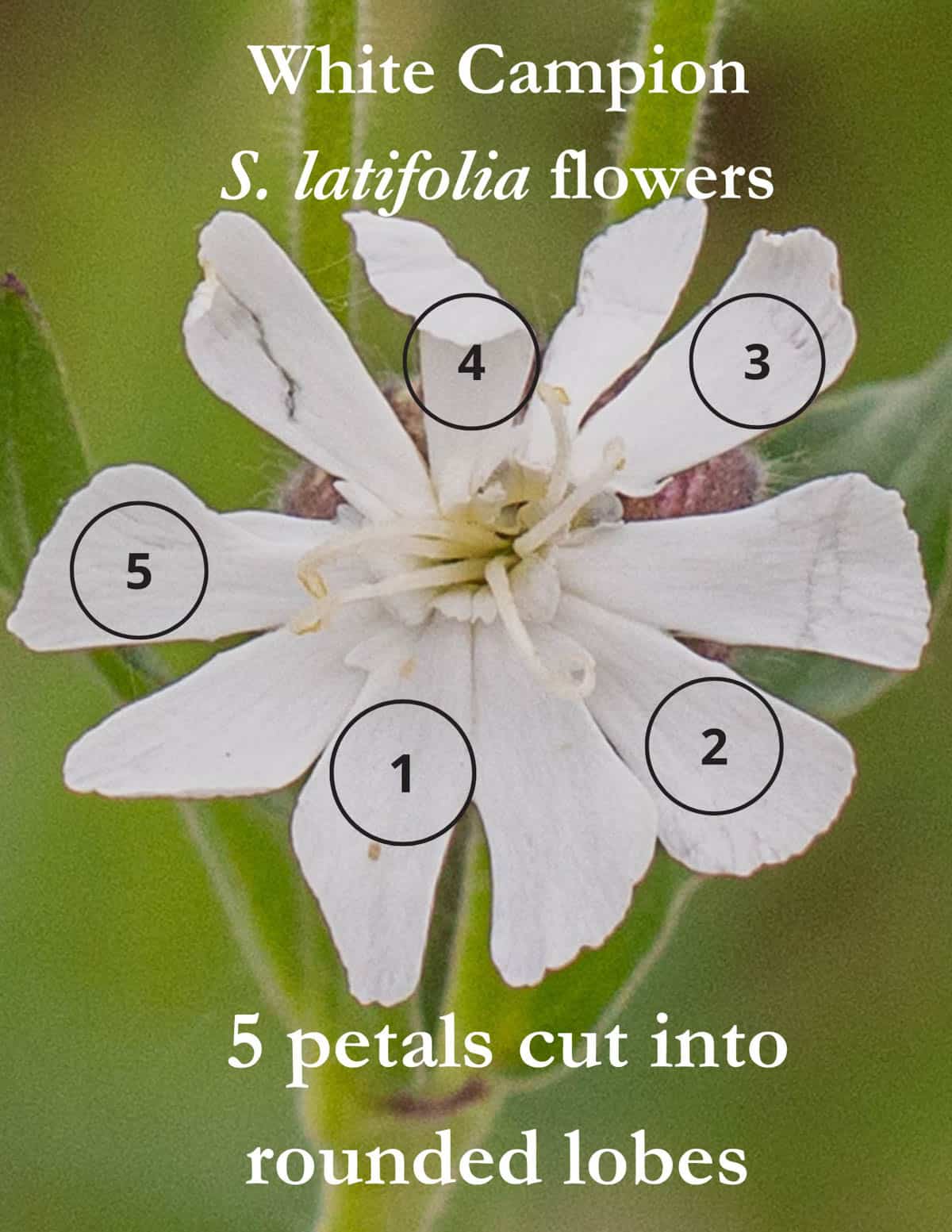
Confusingly, there's male and female flowers. Both flowers are hairy and ridged with white streaks. The flowers are roughly 1 inch (2.5 cm) long / across.
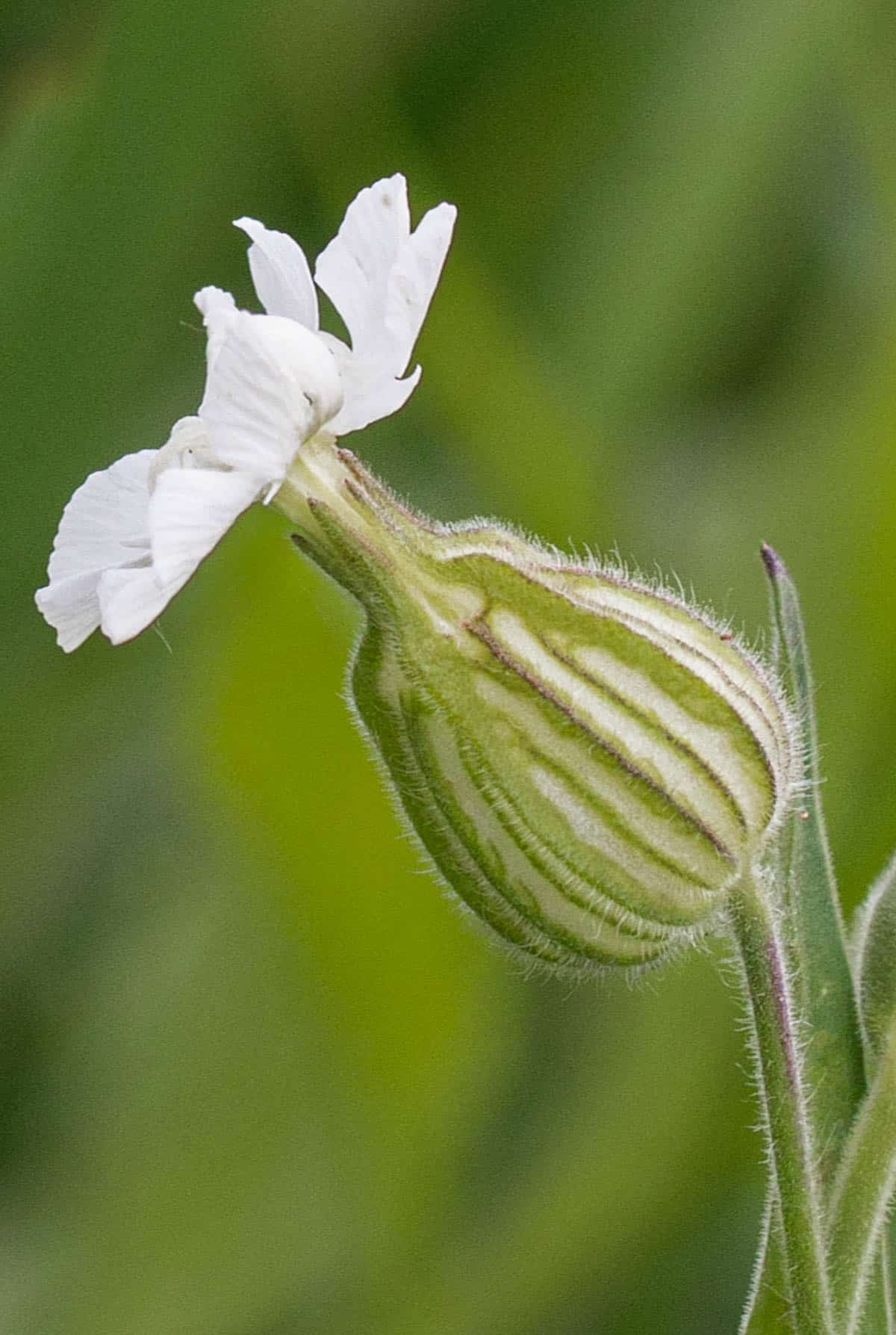
Female flowers are green with a pronounced ovate calyx. Male flowers have purple coloring and the same ridges and hairs as the female flowers.
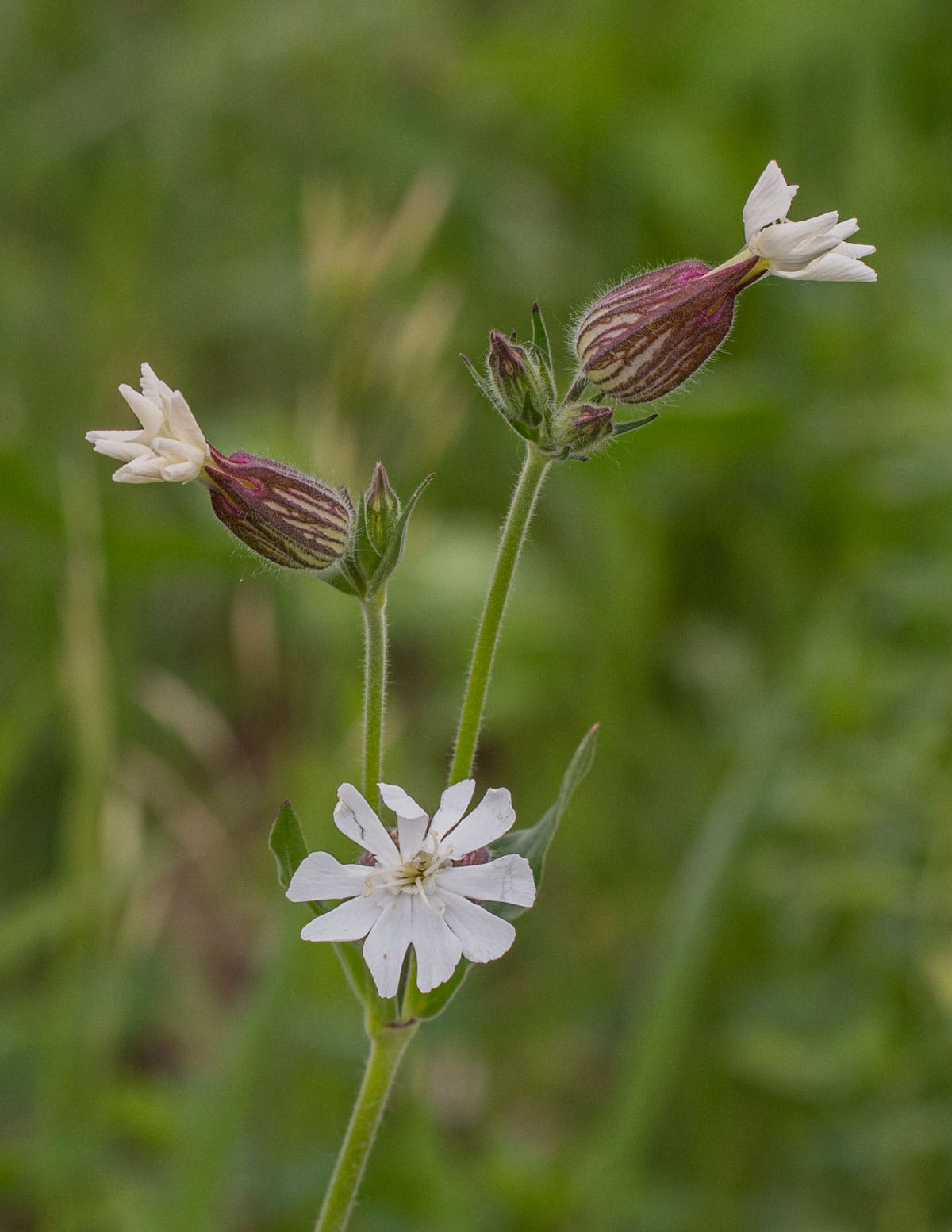
Leaves and stems
The stems and leaves are covered in a dense layer of curvy, soft hairs. The leaves are lance-shaped, relatively limp and soft. I haven't seen it in the plants I harvest, but the leaves can be deeply notched at the tips.
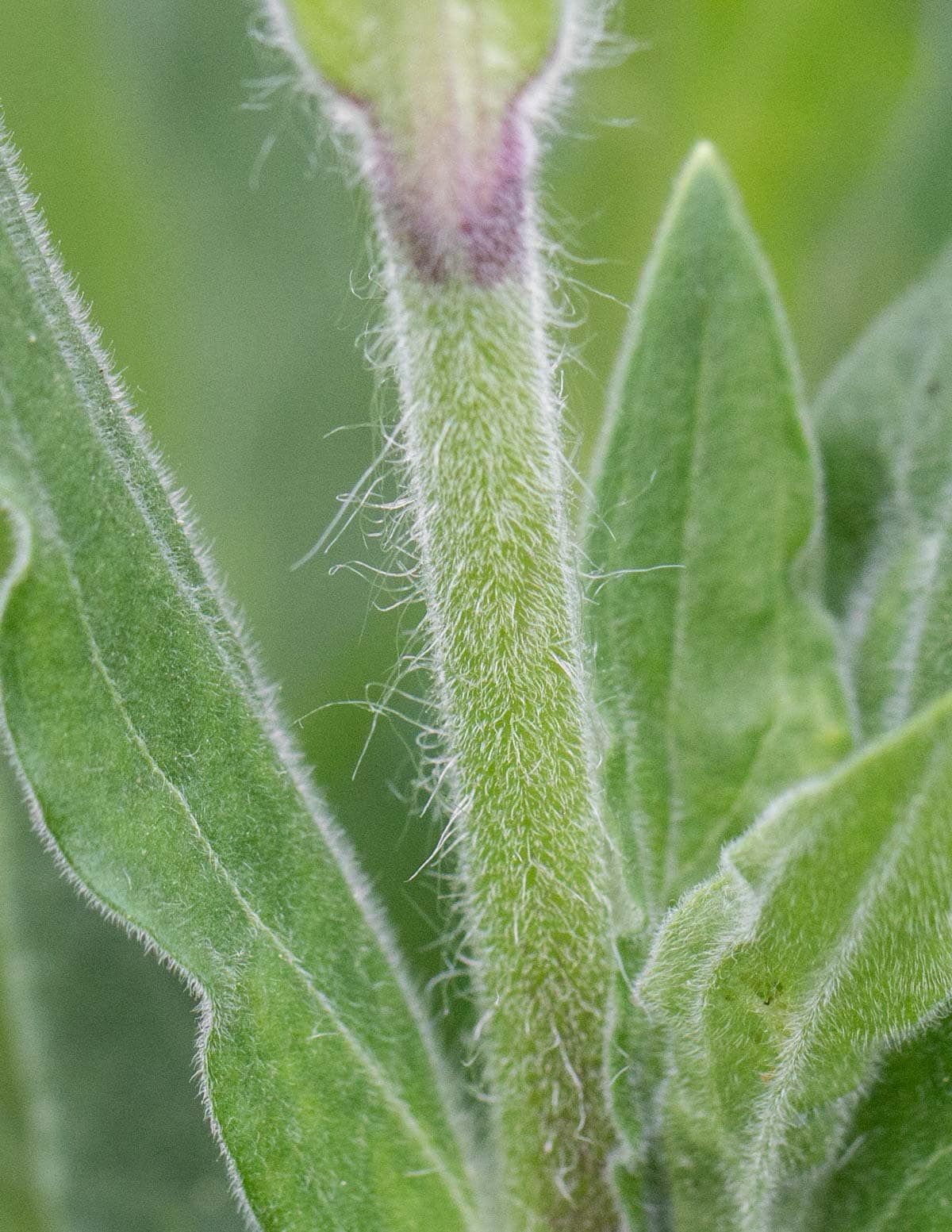
Seeds
The fruit appears as a small urn or egg-shaped capsule filled with small kidney shaped seeds. All the silene will have similar fruit. When desiccated the fruit is hollow and the seeds audibly rattle inside them.
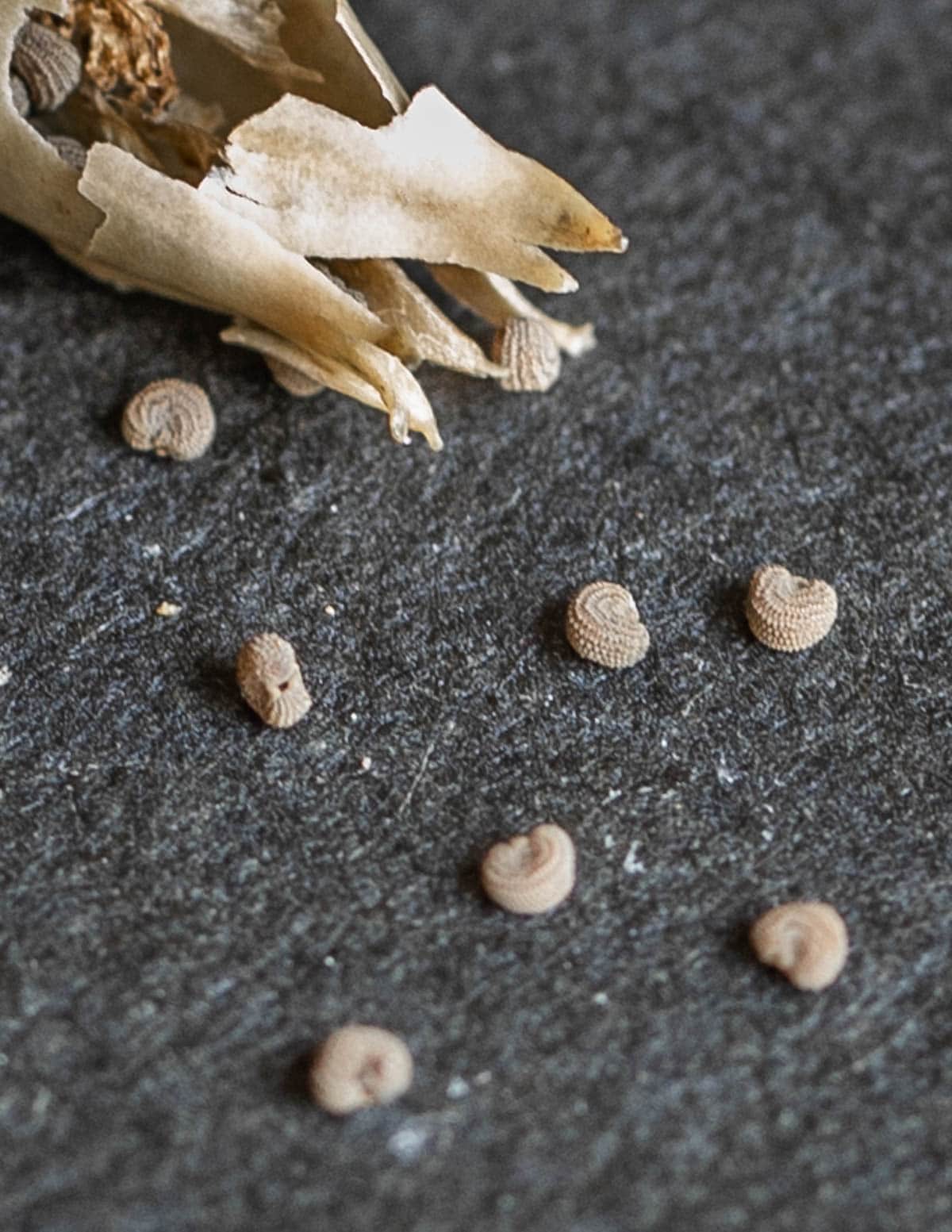
Cooking
While white campion is edible, it isn't incredible. The leaves are strong tasting raw but palatable cooked, especially with other greens. They should always be harvested before flowering for the best texture.

Even so, the texture is soft and the flavor is mild an uninteresting compared to other edible species in the genus like Silene vulgaris.
Like their cousins, the leaves can be cooked into soup like the famous sopa de garbanzo e collejas of Spain. Omelets, egg dishes and rice are also traditional dishes where the greens can be used.
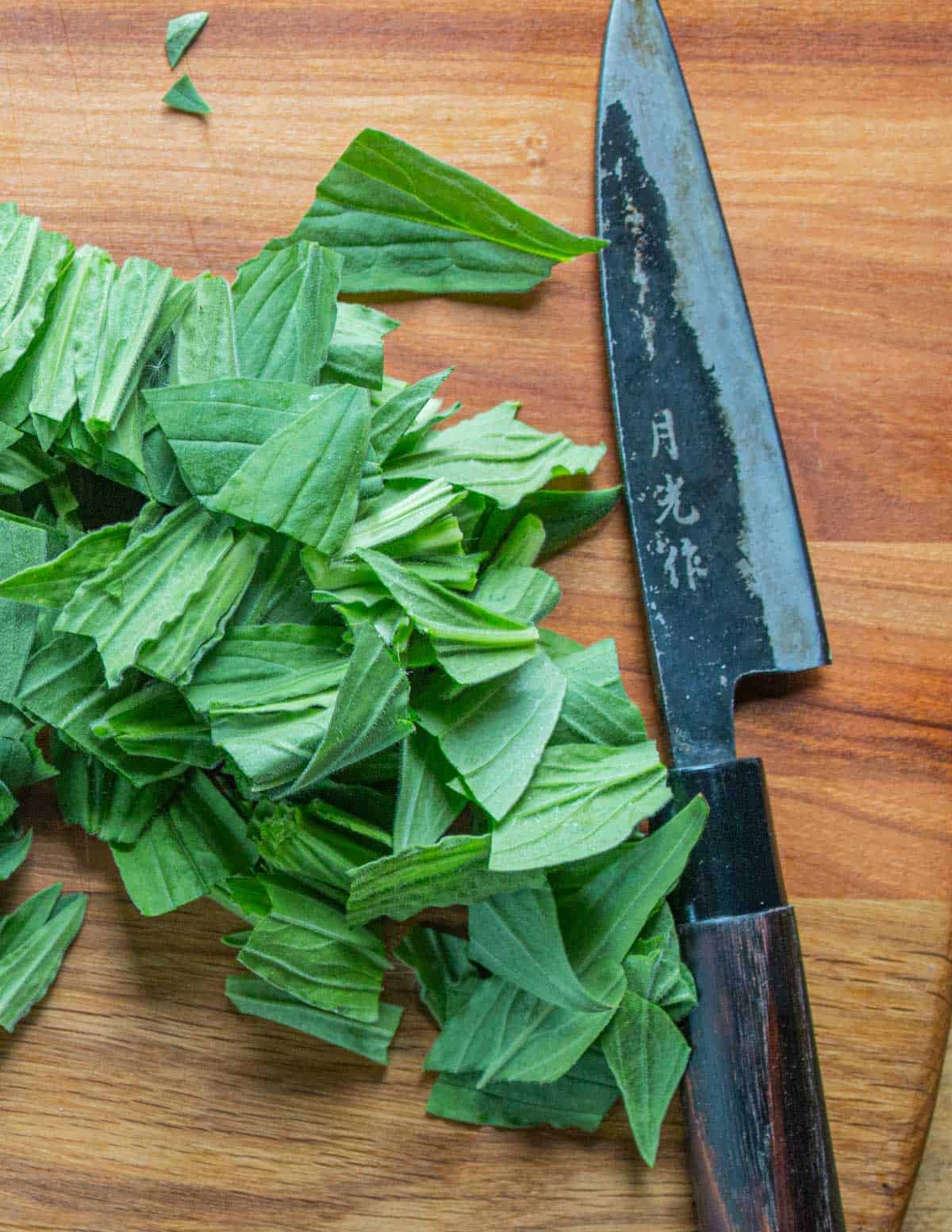
Despite the lackluster flavor of the cooked leaves, the flowers make a beautiful garnish. They're pleasant to eat raw, as long as the seed pod hasn't started to form inside the calyx.
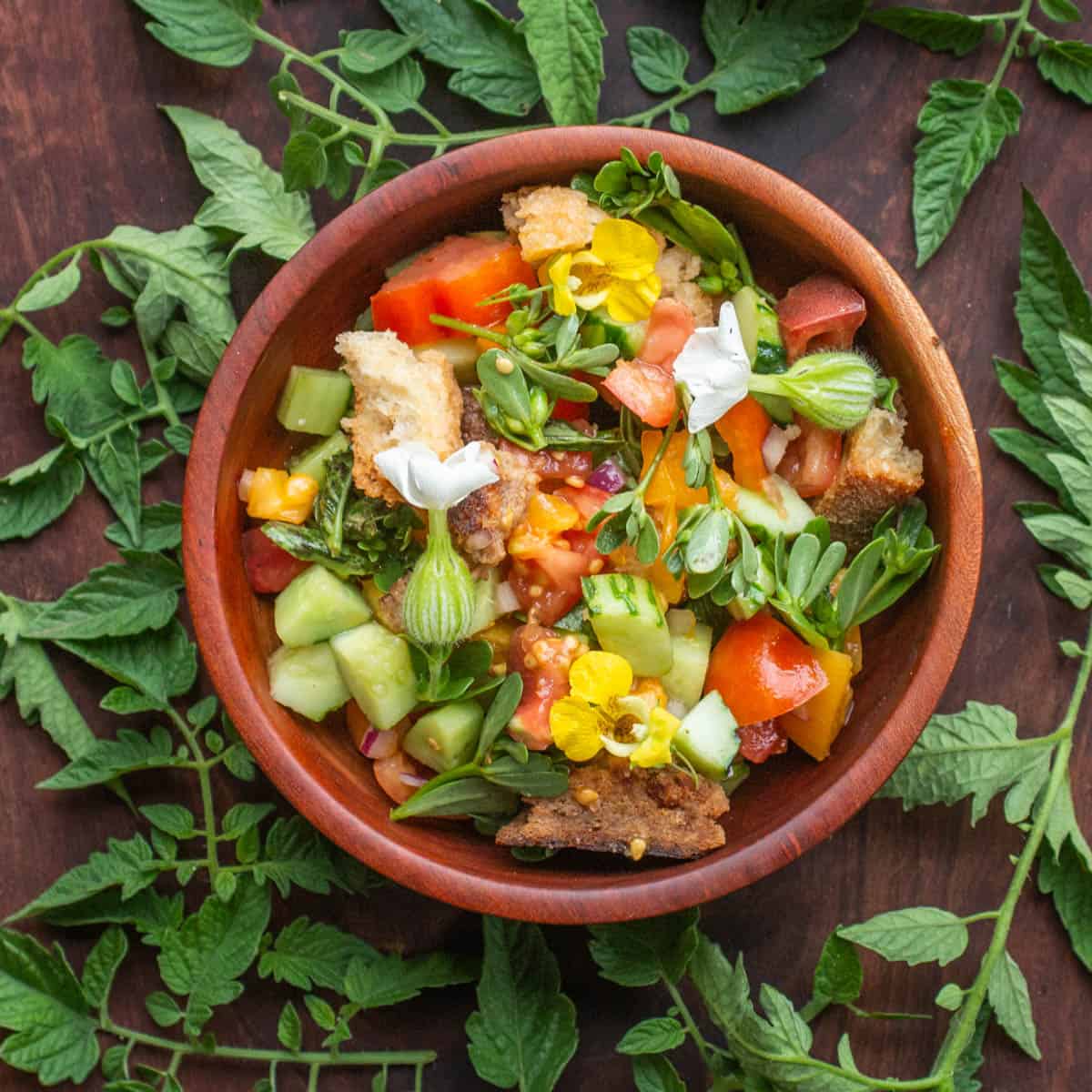
Similar Species
Perhaps the most interesting part of this plant besides the pretty edible flowers is its relation to highly prized related plants. Across Spain, France, Italy and the Mediterranean Silene species have a long tradition as a food plant.
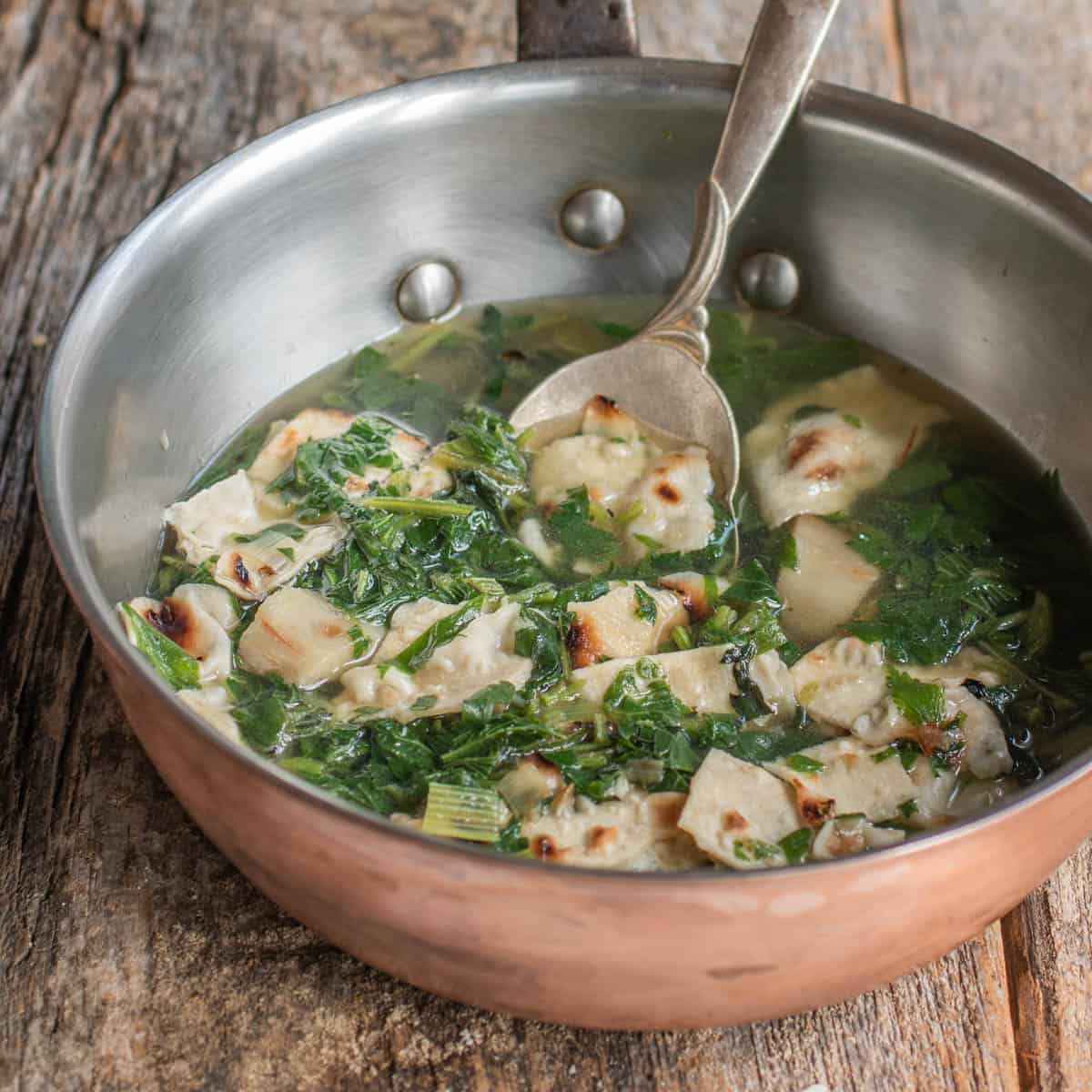
White campion plants are often erroneously referred to as bladder campion (Silene vulgaris) but the latter is far superior in the kitchen.
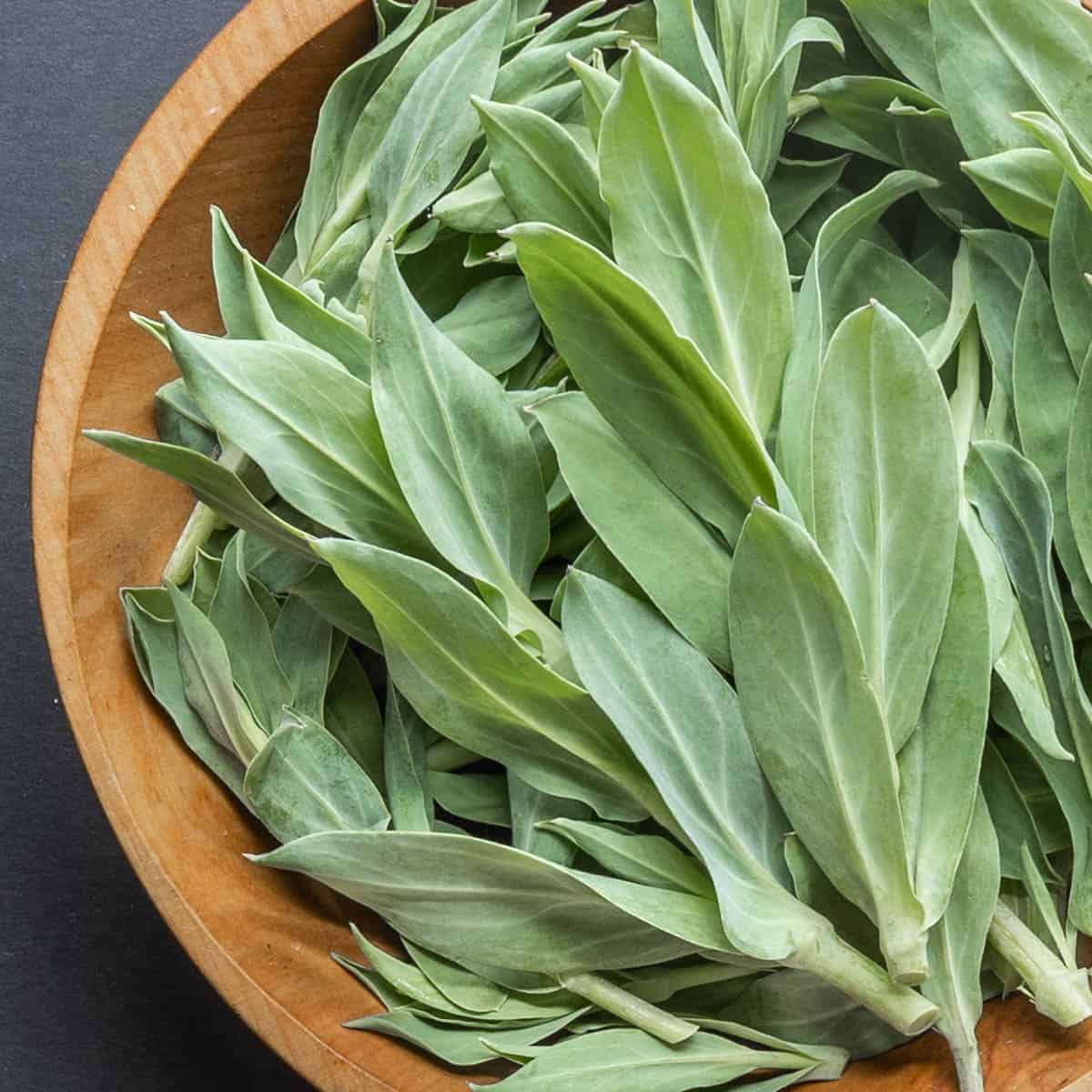
In Italy, sculpit or stridolo (Silene inflata) is used to make risotto. In Spain Collejas (Silene vulgaris) is used in a number of dishes.
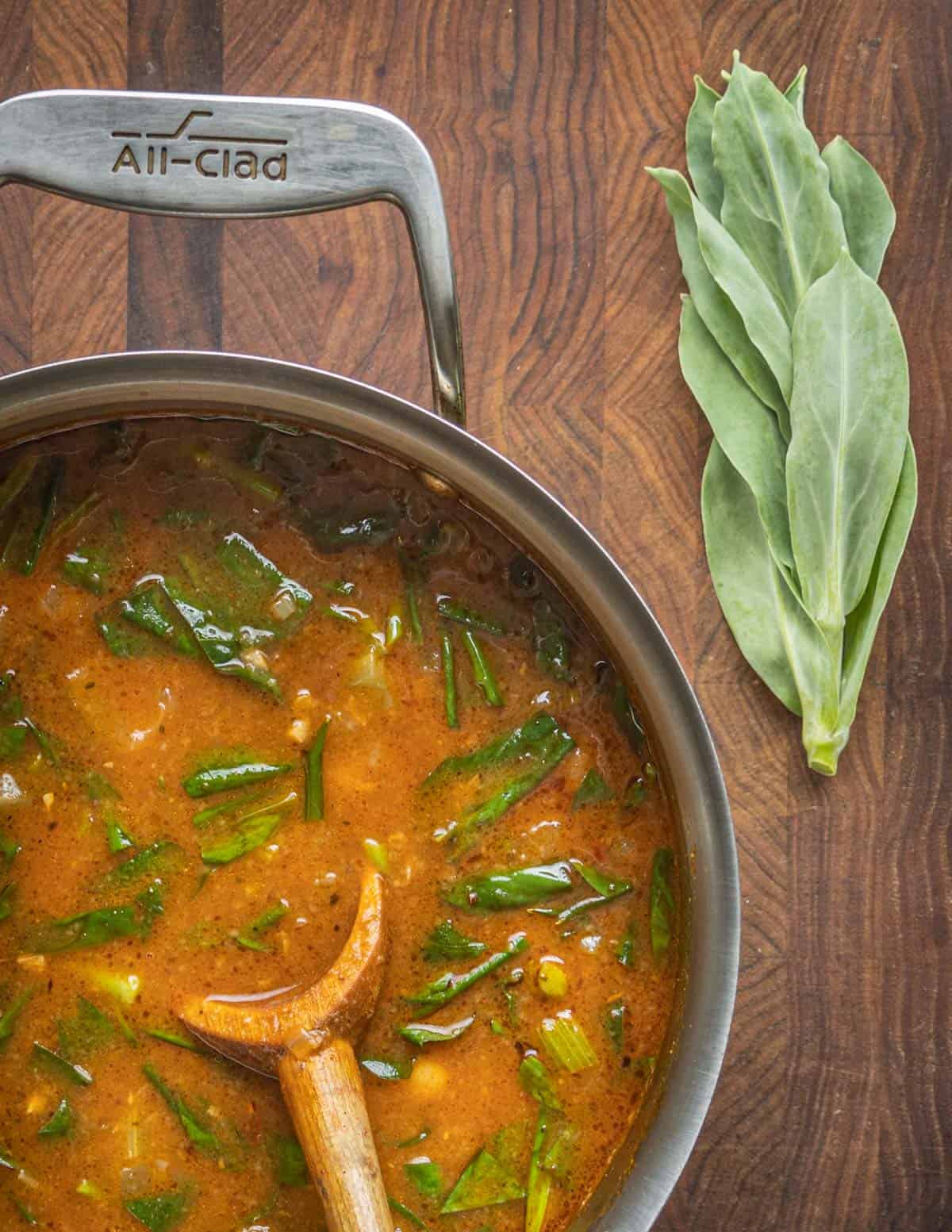

Caitlin
Hi Alan, do you know if the seeds are edible? They seem prolific. Might try popping them as they're quite hard.
Alan Bergo
Edible, tender when green, and might be worth a shot. Lmk if it works!